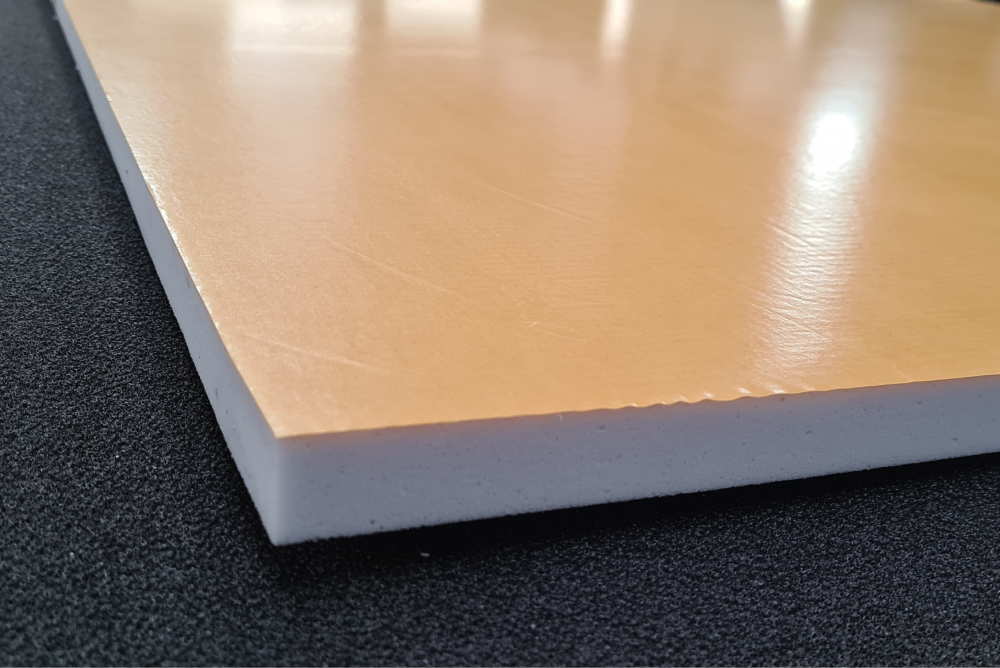In the realm of modern hygiene, few innovations have made as significant an impact as the shower toilet. Blending the functionality of a traditional toilet with the cleansing properties of a shower, this marvel of engineering has revolutionized personal hygiene routines around the globe. Let’s delve into the origins, workings, and benefits of this innovative fixture.
Origins:
The concept of the shower toilet traces its roots back to the mid-20th century, primarily in Japan. Japan, a country known for its technological prowess and meticulous attention to detail, sought to elevate the standards of personal hygiene beyond conventional means. The result was the introduction of the first shower toilet prototypes in the 1950s.
How it Works:
At first glance, a shower toilet appears akin to a standard toilet, but its functionality goes far beyond mere flushing. The key feature lies in its integrated bidet system, which offers a gentle, water-based cleansing after toilet use.
Upon activation, a targeted stream of water, often adjustable in temperature and intensity, provides thorough cleansing, eliminating the need for abrasive toilet paper. Some models even include additional features such as air drying and deodorization, further enhancing the user experience.
Benefits:
- Enhanced Hygiene: The primary advantage of the shower toilet is its superior cleaning capabilities. Water provides a more thorough and gentle cleanse compared to traditional methods, promoting better personal hygiene and reducing the risk of irritation or infection.
- Comfort and Convenience: The customizable features of a shower toilet, such as adjustable water temperature and pressure, cater to individual preferences, ensuring a comfortable and personalized experience for users of all ages.
- Environmental Sustainability: In addition to promoting personal hygiene, shower toilets contribute to environmental sustainability by reducing the reliance on toilet paper. This not only conserves resources but also minimizes waste and environmental impact.
- Universal Accessibility: With features like heated seats, automated lids, and intuitive controls, shower toilets cater to individuals with varying mobility and accessibility needs, promoting inclusivity and independence in personal hygiene routines.
- Modern Aesthetics: Beyond functionality, shower toilets are often designed with sleek, modern aesthetics, seamlessly integrating into contemporary bathroom spaces and enhancing the overall ambiance.
Global Adoption:
While initially popularized dusjtoalett in Japan, the concept of the shower toilet has gained traction worldwide, particularly in regions where hygiene and comfort are paramount considerations. From Europe to North America and beyond, households, hotels, and public facilities are increasingly embracing this innovative fixture as a standard of modern hygiene.
The Future of Hygiene:
As technology continues to advance, so too will the evolution of the shower toilet. From smart functionalities powered by artificial intelligence to eco-friendly innovations aimed at further reducing water consumption, the future promises even greater advancements in personal hygiene and comfort.
In conclusion, the shower toilet stands as a testament to human ingenuity and our ongoing quest for enhanced well-being. By seamlessly blending functionality, comfort, and sustainability, it has redefined the standards of modern hygiene and continues to shape the way we approach cleanliness in the 21st century.…






